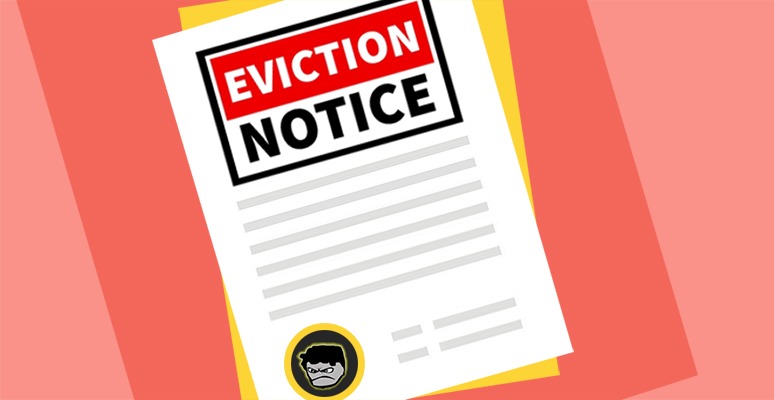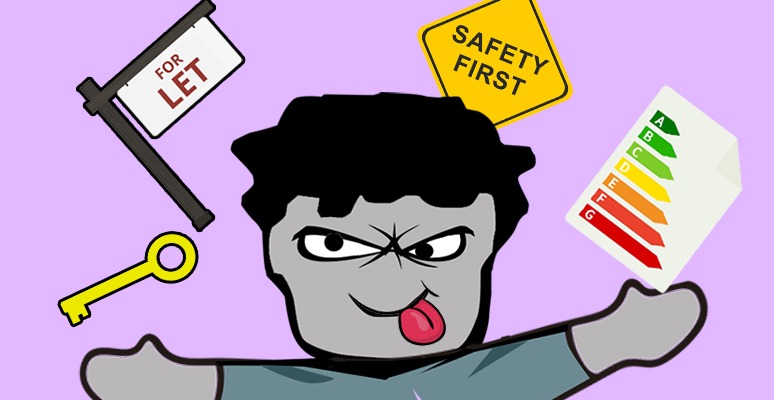
I’ve already written a few posts that cover the what, when, and how’s of landlord inventories, but today I want to focus on one particular aspect of an inventory – the photography. Arguably, one of the most important aspects of creating a reliable inventory.
Most sensible landlords will use photo evidence to supplement their inventory form because obviously, visual proof strengthens the case and gives a clearer picture (pun intended), but only when done the right way…
Photo Inventory Tips published by the ‘Landlord & Buy-to-let Magazine‘
Thanks to a regular reader of this blog, Jools, I was informed of an interesting article published in a well publicised industry magazine, Landlord & Buy-to-let Magazine, covering “Photo Inventory tips”
Photo Inventory Tips published by the ‘Landlord & Buy-to-let Magazine’
- Ideally, ‘before and after’ photos should be taken with a clear narrative as to what the photo is showing e.g. colours, item description, marks on surfaces
- Photographs should include something to show scale within the photo and they should clearly show the condition of the property at any given time
- Even if the photographs are just to be incorporated in the inventory for reference, they need to be a decent size [and quality]
- Photographs should be dated – check the camera is set to automatically put the date on the picture or should be embedded into the dated inventory document either on the relevant pages or as an addendum page
- If the photographs are going to be printed out, the printer used needs to be good quality. Too often cheap printers distort the colour
- Even good printers give false colours, when cartridges start to to run out
Certainly good tips!
When photo evidence failed (and why it’s important to do it the right way)
So, now we’ve arrived at the motivator behind this blog post.
While I believe the tips published by Landlord & Buy-to-let Magazine are worth considering when taking pictures for an inventory, it seems as though verifying the date-stamp isn’t entirely straightforward.
Alas, an avid reader of the magazine followed the tips to the tee, and was devastated by how the tips proved to be unhelpful in the real world. Below is a letter which was later published in a following edition of the magazine:
Dated Inventory photos
I write as a warning to others, following the article in the October 2011 issue of Landlord & Buy-to-let magazine, about using good quality inventory photos with dates.I had done exactly as suggested in the article and, following a dispute for damages, the Dispute Service adjudicator rejected my photos with dates imprinted by the camera, commenting that such dates are not proof, as they could have been added at any time as the camera date is user settable.
Naturally, I was devastated. With over £7000 worth of damage (replacement value) following – at best – carelessness, and a flood leaving me with mouldy carpet and water damaged furniture – presumably from a overflowed bath – I was allocated only £300 or so. The arbitrator’s decision is final, so I am well out of pocket.
The current tenancy also shows dated photos, but this time there is a newspaper front page clearly showing the date in each photo.
I am rather hoping this cannot be dismissed, but as yet it has not had to be tested.
I advise other landlords to act as I did latterly.
Best regards,
Paul Simmons
Ouch! You gotta’ feel sorry for Paul, especially since he followed the guidance of a well published Landlord magazine.
As said, I do think the tips provided by the magazine are good and worth considering. And to be honest, it’s difficult to know if ALL adjudicators would have made the same assessment over the date. However, the adjudicator did have a valid point, in that the date setting on the camera can be EASILY manipulated, so this case could set a new precedent on how landlords should (and shouldn’t) take photographs for future inventories.
Tips on how to authenticate inventory photographs
- Print off the photographs, and ensure they’re signed and dated by both landlord and tenant on the day of check-in.
- Email the inventory/photos to the tenant and get them to reply to the email confirming the photos are legitimate.
- Add a statement to the inventory form, confirming that the tenant has authenticated X amount of images that were taken on move-in day. The form should be signed by both parties.
- Regardless of which method(s) is used, ensure both parties have copies of the complete inventory e.g. if photographs are used (signed and dated), both landlord and tenant should have copies.
- Photographic evidence should be accompanied by a comprehensive written inventory that can be easily matched [with the photo evidence].
I don’t have a definitive answer on what an adjudicator would accept as solid evidence to prove damage has been caused (or not caused), but I’d like to think the above tips would be pretty indisputable.
Using a professional and impartial inventory service
Another way to go about it is by using a professional inventory service to not only strengthen your case, least of all because of the impartiality factor, but also alleviate the legwork. Pretty decent investment, in my opinion.
Tenancydepositscheme.com (one of three Government approved deposit schemes) actually states the following:
The adjudicator will use the inventories to compare the property condition at the beginning and end of the tenancy and without it, they’re highly likely to reject the landlord’s claim.
Those considered to be the best evidence will usually:
- have been prepared by a third party such as a professional inventory clerk
- contain dated photos
- have been signed by the tenant
LettingAProperty.com offers a service which you can easily order/book online (side note: it is an affiliate link)…
| Supplier | Notes / Includes | From Price | |
|---|---|---|---|
Supplier | Notes / Includes
*The cost of the landlord inventory service is determined by the size of the property, the number of bedrooms and whether the property is to be let furnished or unfurnished. Cost starts from £109 (with discount code). | Price *£109Inc VAT (Normal price: £119) | Visit website £10 Discount Code: PIP10 |
Please note, I try my best to keep the information of each service up-to-date, but you should read the T&C's from their website for the most up-to-date and accurate information.
Hope that helps!
Disclaimer: I'm just a landlord blogger; I'm 100% not qualified to give legal or financial advice. I'm a doofus. Any information I share is my unqualified opinion, and should never be construed as professional legal or financial advice. You should definitely get advice from a qualified professional for any legal or financial matters. For more information, please read my full disclaimer.


 Landlord Products / Services
Landlord Products / Services



























I've read that inventory photos should ideally be signed and dated by the tenant and landlord (or representative) on the day of check-in. I think the ICE would find signatures hard to dispute.